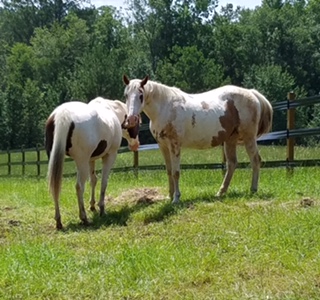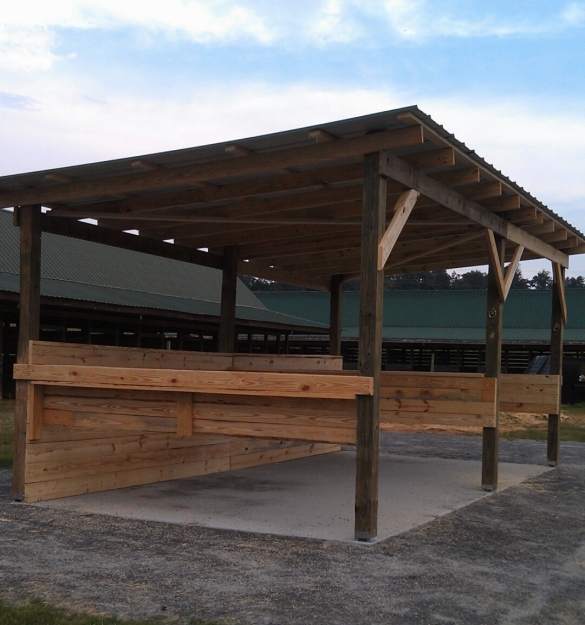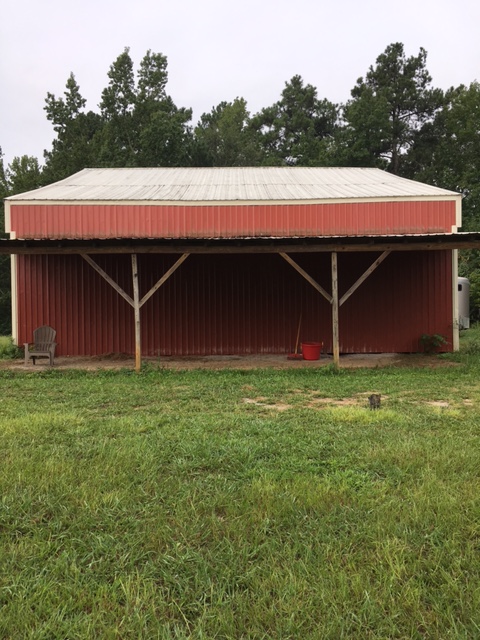When southern weather puts a damper in your plans: I smell revisions!
Afternoon everyone! For those that aren’t aware, here at our farm we have somewhat of a menagerie of horses.
When it comes to horses, I look for a sound mind, good legs, dependable track record, and seasoned under saddle. Unusual coloration (grullo, buckskin, palomino, oh my!) and coveted bloodlines (I’ve always been a sucker for Poco Bueno and Hancock bred horses personally) are always a nice bonus, but picking your companions on looks alone has…let’s face it, never really worked out for anyone, am I right or am I right?
As such, we’ve wound up with a Standardbred, AQHA (American Quarter Horse), as well as a couple paint crosses and the like. Now I will admit, while I am a bit partial, despite picking personality over appearance, we lucked out with some absolutely gorgeous horses. Now I say this now so that you will remember it because as I get into the nitty gritty of this post, you may question my love for paint horses…if only just a lil’ bit.
Enter our two overo paints, Gambit and Finnegan. Key word: OVERO.

By APHA (American Paint Horse Association) standards, an overo is classified by the following:
- The white usually will not cross the back of the horse between its withers and its tail.
- Generally, at least one and often all four legs are dark.
- Generally, the white is irregular, and is rather scattered or splashy.
- Head markings are distinctive, often bald-faced, apron-faced or bonnet-faced.
- An overo may be either predominately dark or white.
- The tail is usually one color.
Sounds lovely, doesn’t it? Now then, what does it all really mean? It’s just one particular type of coat pattern found in paint horses right? Let me #realtalk you for a moment and re-phrase a few of those key points…
- All white sections of your horse’s coat will be subject to easily sunburn, bordering from mild to severe.
- White legs in overos are uncommon but when they occur they bring with them the increased likelihood of other skin ailments such as Mud Fever, Scratches, and the like. Thhhhhhat’s right, your horse is just that much more genetically pre-disposed to catching “all the things” as I’ve fondly (or not so fondly) nicknamed it.
- Bald-faced with light eyes and a pale muzzle are 50% striking features and 50% endless headache. Why? The sad reality is that these features typically require fly masks with higher rated UV protection up to 9 months out of the year to prevent chronic conjunctivitis, blistering, and first to second degree sunburns to name a few. (Yes…there’s more, oh so much more…)
(Note: They do sell legitimate sunblock for horses. I purchase mine in a powdered form that you moisten and wipe on comprised of Zinc Oxide. It was created by an equine veterinarian in Arizona, you know, the state of endless heat and torment. So while I’m just speculating, I feel like she knows what she’s about, you know? SO! To any fellow sufferers, “My Pony Sunblock” changes lives! You can find it on Facebook.)
Now then, despite Kensington fly masks with high UV reduction ratings, that my Standardbred likes to pull off of his siblings …and then proceed to drown said fly masks in the pasture water trough, sunblock applied daily to their muzzles and around their faces, and having access to two large walnut trees to stand beneath for shade, I was still finding new blood blisters along their skin and even peeling about their necks and over their backs near daily.
You really start to hate yourself and feel the guilt just wash over you as you walk out to the pasture each morning and see that your horses are uncomfortable / suffering, knowing that you’re doing all you can, or at least, for what we had available, I certainly felt I was.
But that was it, that was my breaking point – that gut wrenching feeling morning after morning. I simply couldn’t stand it anymore. #thisiswherethebudgetgoesoutthewindow
After a month of fighting against the painstaking heat and relentless summer sun I decided to nix my current project of creating cross-ties beneath the easement of our barn to instead create three temporary 12×12 stalls.

It seemed easy enough, I mean…I’ve built stalls at a previous ranch before and I’m not feint-hearted when it comes to a new vision on the fly but there were a few key factors that I realized immediately were going to make this a struggle and a half:
- Gambit absolutely, positively, HATES being stalled. He’s near broken down a stall front made of oak in the past, to say it “isn’t his thing” is the understatement of the year.
- The space available to build stalls beneath wasn’t going to produce 12×12′ stalls but more of an awkward 13×15′ stall size.
- The positioning of the barn on our property doesn’t allow for much air-flow to the extent that the easement on the eastern side gets little in the way of a passing breeze. In the south with 95+ degree days and 85%+ humidity daily…that’s a big problemo.

The solution? Well…that’s an adventure in itself.
Stay tuned!
~Christy